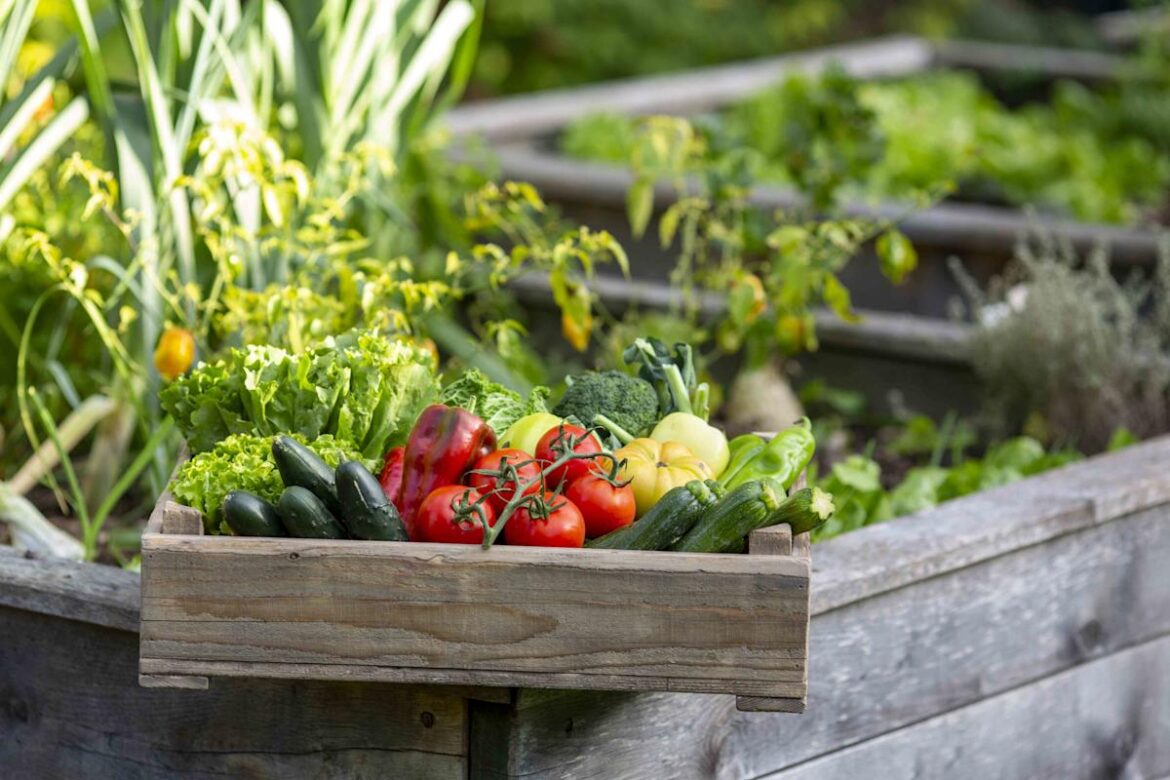Key Takeaways
Herbs like rosemary are a smart, low-effort crop that saves money and adds fresh flavor on demand.
Tomatoes, peppers, green beans, and cucumbers offer high yields and value, especially cherry tomatoes and prolific green beans.
Asparagus is a long-term investment that rewards patient gardeners with spring harvests for years to come.
With grocery store prices continuing to climb, more Americans are looking for ways to cut food costs. While growing your vegetables can be an effective way to enjoy fresh produce for less money, things like equipment costs, available space, labor requirements, and yield can influence the overall savings you’ll actually reap from your backyard garden.
Some vegetables—like tomatoes and herbs—are cheaper to grow at home due to their high store prices and ease of cultivation, while others are not. Knowing the difference can be the key to saving your hard-earned money and maximizing your harvest of delicious, nutritious veggies all season long.
Thinking about starting your own vegetable garden? We spoke to gardening experts about which crops you should grow yourself to save money.
Meet Our Expert
Robert Westerfield, horticulture specialist, University of Georgia.
Damon Abdi, assistant professor, Louisiana State University AgCenter.
Herbs
“Herbs are so forgiving,” University of Georgia horticulture specialist Robert Westerfield says. Herbs are also very easy to grow and drought-tolerant. Plus, they’re much more expensive to buy in stores. If you grow your own herbs, you can also take as much as you need without wasting a whole package
Damon Abdi, Assistant Professor at the Louisiana State University AgCenter, suggests starting with rosemary. “The rosemary shrub is a hardy, reliable performer in the landscape and can offer ornamental value with the evergreen foliage and small flowers that appear on it,” he says. “Rather than purchase packaged rosemary herbs, which can languish if left unused, having a rosemary shrub is an easy way to produce your own seasoning that can be harvested on demand.”
Peppers
According to Westerfield, peppers are cold hardy and “come through disease and insects better than anything.” Generally considered one of the easiest vegetables to grow, peppers need a lot of water and well-draining soil to thrive.
Tomatoes
If you’re anything like us, you go through a lot of tomatoes… especially in the summer. Westerfield recommends cherry varieties, which are easier to grow and more prolific in production. “One or two cherry tomato plants will get you through the season,” he says, adding that they’re “less trouble than the larger ones.” Just make sure that your plants have some kind of support, like a trellis, to keep them upright.
Green Beans
Another one of the easiest crops to grow is green beans, which can be seeded directly into the ground. They’re also prolific producers. “If you take care of them, you can harvest into the summer,” says Westerfield.
Asparagus
Both Westerfield and Abdi recommend asparagus, a long-lived perennial crop that can be harvested for up to 20 years, for backyard gardeners.
“Asparagus is pricey up front and takes a little time and effort, but it’s perennial once you get it established. You’ll have it basically for life,” says Westerfield. “They can keep on loving you as long as you love them. After the second year, third year, fourth year, you keep getting more. Over time, asparagus pays for itself.”
Asparagus tends to perform better in areas where winters are not too mild, so careful management is needed in the South, warns Abdi, noting varieties like “Jersey Giant” or “Jersey Knight” do well in warm climates.
“The benefit of having this perennial crop in your garden is that it can provide a crop each spring (once established), turning initial effort into lasting return,” says Abdi.
Cucumbers
What’s nice about cucumbers is that you can enjoy them year-round: first fresh and then pickled. Keep in mind that cucumbers should not be in contact with the ground, so you might want to grow yours vertically.
Squash
Squash is very easy to grow, though its susceptibility to insects means they can be hard to keep healthy. Be vigilant against squash bugs and squash vine borers to get the most out of your plants.
Keep In MindLabor Of Love
Westerfield is a big proponent of growing your own food. “You know what you put on it and you know where it comes from,” he says. Usually, the taste and quality are outstanding. There’s nothing quite like fresh tomatoes and sweet corn out of the garden.”
But maintaining a successful vegetable garden is a “labor of love,” he advises, noting that it takes a considerable amount of time, effort, and initial investment. So, before you get started, it’s important to be honest with yourself about how much you’re willing to commit to your garden and which crops you will actually use. If your family won’t eat the food you grow, you’re not saving yourself any money.
Read the original article on Southern Living

